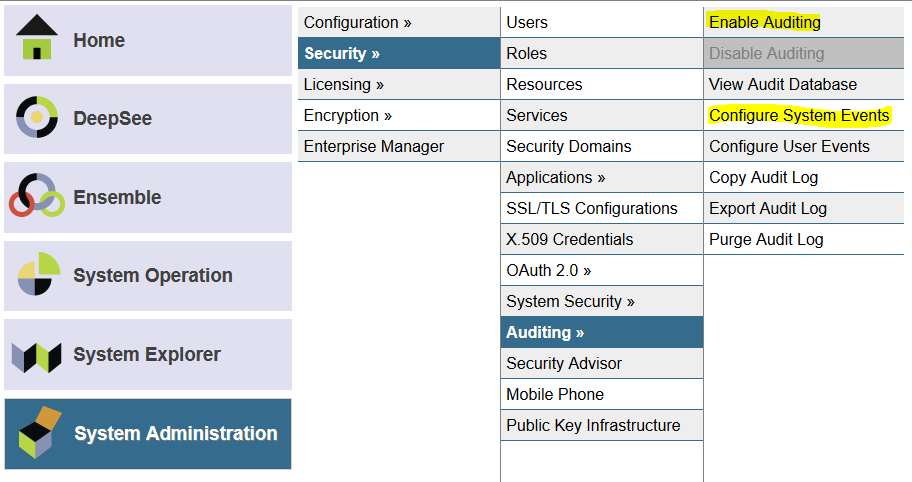Hi I'm hoping the community will once more help me out with a question!
Right I have a production that takes an attachment from an email and processes it, sending out a hl7 message at the end. This works ok.
Now I just need to take the email and send it back out to a 'backup' email address, basically giving
a) A backup incase there is a problem with the email or something else further down the line.
b) A log of the emails receieved.
So I thought the best thing to do is have an operation with an email adapter and to send that my message.

